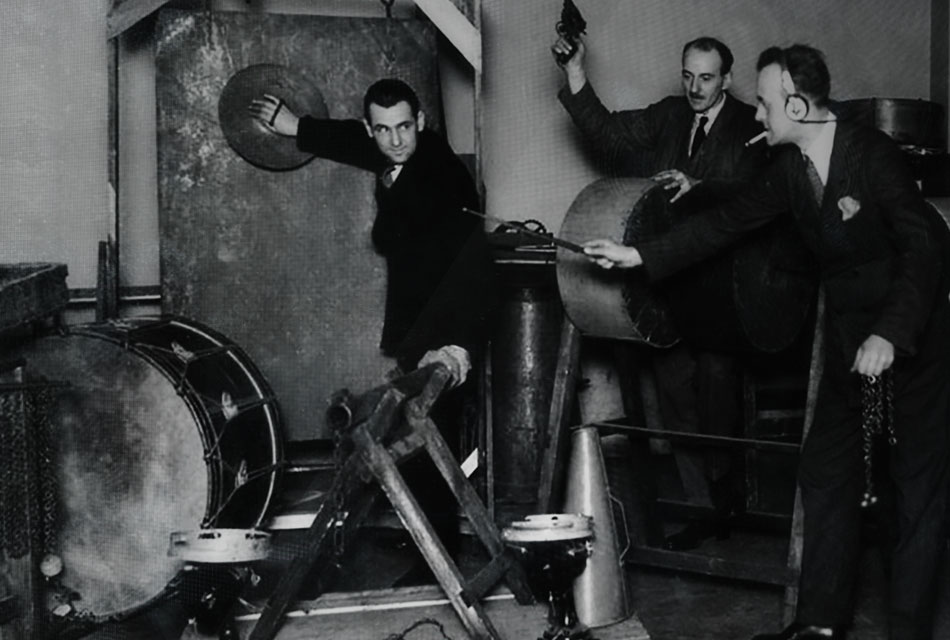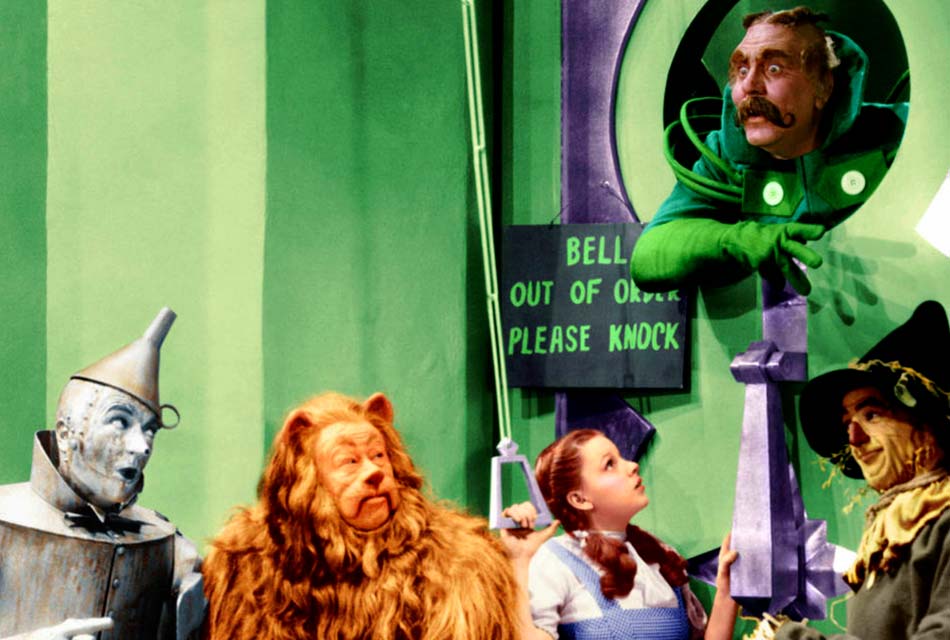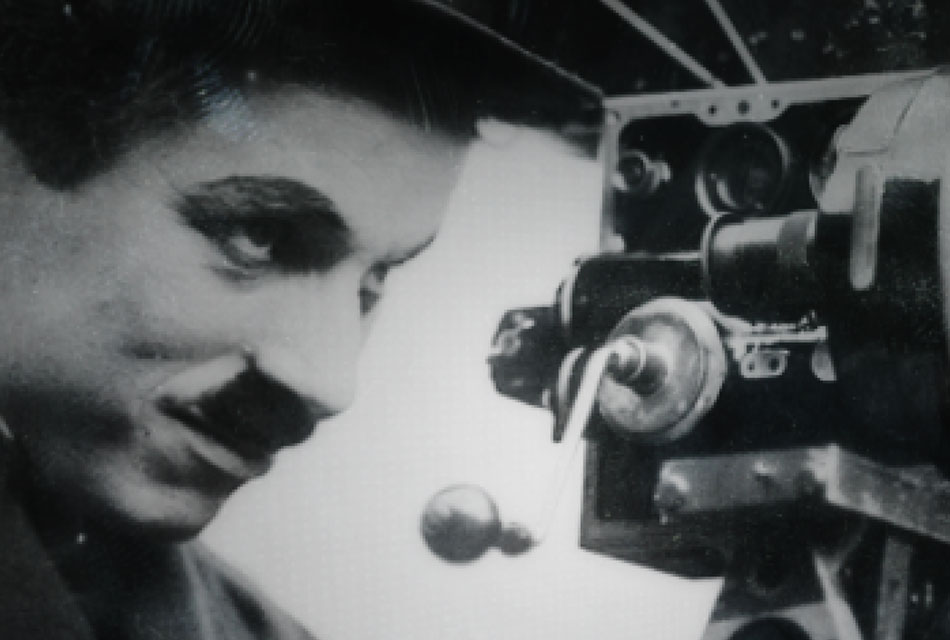Breathless
Godard’s use of it violated the ‘30-degree rule,’ which states that in order to maintain a flowing narrative and keep the audience involved, the camera must change its angle by at least 30 degrees when filming the same subject. His reason for using the jump cut isn’t entirely clear: whether it was an act of spite towards producer Georges de Beauregard for demanding Godard cut an overly-long film to the agreed length, to cast himself as a visionary director while impressing gullible French film critics, or simply because it was too long and he saw an opportunity to experiment, his breaking of the 30-degree rule pioneered the use of a brilliant editing technique for future filmmakers.

One of the jump cuts early in Godard’s Breathless which made the film, the jump cut, and Godard himself famous.
Some advice



A sequence of shots from Sergei Eisenstein's 'Battleship Potemkin' (1925) in which a statue of a lion seems to come to life, appalled and terrified in equal measure by the destruction it's witnessing. Click here to see the scene on YouTube. Jump cuts were fairly common in silent films.






